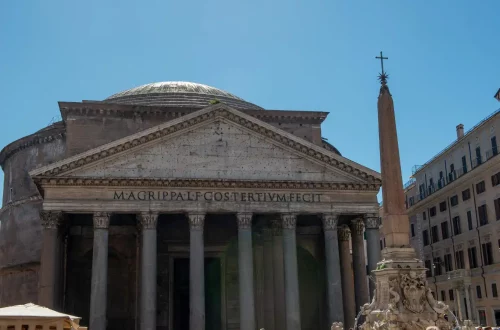When it comes to applying for passports and related services, scheduling an appointment at the Italian consulate is crucial. The demand for these services is often high, making it essential to secure an appointment well in advance to avoid any delays.
Prenot@Mi: The official scheduling tool
What is Prenot@Mi?
Prenot@Mi is the online system utilized by Italian consulates worldwide to schedule consular services. Whether you’re applying for a passport, or a visa, Prenot@Mi is the go-to platform for all your scheduling needs.
How to create an account
Setting up an account on Prenot@Mi is straightforward. Here’s a step-by-step guide to get you started:
- Visit the Prenot@Mi website: Go to the official Prenot@Mi website designated by your local Italian consulate;
- Register: Click on the “Register” button and provide your email address and a secure password. You’ll need to verify your email address by clicking on the link sent to your inbox;
- Complete your profile: Fill in the required personal information, such as your name, date of birth, and nationality.
Selecting the service
Once your account is set up, you can log in and choose the specific service you need. The platform offers a variety of options, including:
- Passport services: Including renewals and first-time applications;
- Visa application: For foreigners who wish to visit Italy.
Important: as of 2025, consulates do not accept Italian citizenship applications anymore.
Tips for securing a successful appointment
Given the competitive nature of securing an appointment, here are some tips to increase your chances:
- Regularly access the system: New appointment slots are periodically released on Prenot@Mi. To maximize your chances of getting a slot, check the system regularly;
- Adjust time zones: Make sure to adjust your scheduling to align with the local time of the consulate you’re dealing with. This helps avoid any confusion or missed appointments due to time zone differences;
- Have documents ready: Before you even attempt to book an appointment, ensure that all your required documents are in order. This includes your identification, proof of residency, and any other documents specific to the service you’re applying for. Having these documents ready not only makes the scheduling process smoother but also prevents any last-minute hiccups.
Handling the Lack of Available Slots
Despite your best efforts, there might be times when no appointment slots are available. In such cases, here are some alternatives:
Alternatives to Prenot@Mi
Some consulates offer services via mail or through specialist attorneys. For instance, if you live in Italy or plan to visit and have a postal address there, you might be able to begin your passport renewal application by sending your documents through the mail. Additionally, hiring an attorney who specializes in Italian citizenship and can assist with the application process might be a viable option, especially for more complex cases like citizenship applications.
Judicial Alternative: Queue-Free and Safer
Following the approval of Decree 36/2025, and its confirmation with Law No. 74 on May 23, 2025, the judicial route may become a preferred option for applicants challenging its constitutionality.
The latest Italian citizenship regulations impose stricter limits on jus sanguinis transmission, restricting recognition to children and grandchildren while excluding great-grandchildren and further generations. However, an exception applies if a parent legally resided in Italy for at least two years before their child’s birth or adoption. Applicants must prove that their Italian ancestor held citizenship exclusively at the time of death.
This shift has sparked legal and constitutional debates, with critics arguing that the decree violates fundamental rights under Italian and European law.
Legal challenges are expected in the coming years.As of June 2025, the judicial route is the only available option for obtaining Italian citizenship. While all administrative applications will be centralized within a new governmental body in Italy, the specific procedures and operational framework have yet to be determined.
Common mistakes and how to avoid them
To ensure a smooth process, here are some common mistakes to avoid:
- Errors in service selection: Choosing the wrong service during the scheduling process can lead to cancellations and delays. Ensure you carefully select the correct service that matches your needs;
- Forgetting to confirm the appointment: Many consulates require email confirmation to validate the reserved appointment slot. Failing to confirm your appointment can result in losing the slot. Always double-check your email and confirm promptly.;
- Arriving without complete documentation: One of the most common mistakes applicants make is arriving at their appointment without all the necessary documents.
Missing even one required document can result in losing your appointment slot and having to reschedule. Ensure you have a checklist of all required documents and double-check everything before your appointment.
Overview
As of June 2025, the judicial route is the only available path to obtaining Italian citizenship. While this process can offer a structured legal framework for eligible individuals, it is often complex, time-consuming, and costly.
Despite the challenges, it remains the sole option currently available—making it essential to understand its requirements and seek expert guidance to navigate it effectively.






